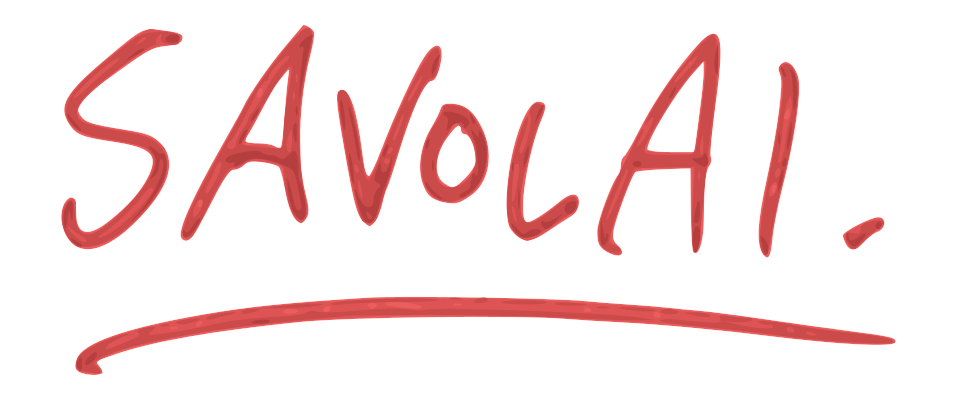I got my original education in the field of HCI (Human-Computer Interaction). In educational learning theories, some of the same fundamental principles are central.
A product designer, like a teacher, cannot assume much about the recipient of the experience they create. A product proves to be good only when a real person has demonstrated through using the product that it is suitable for its purpose.
Deep listening to the user/customer/learner is central in both: What are the tools that can initiate learning? This includes both the designer/teacher learning about what the user/learner needs and the learner’s progress in their learning.
Is the division between these two roles even real? Both phenomenon-based learning and the Nordic, participatory design tradition question the division of roles, i.e., the authority of the designer/teacher – if perhaps not their expertise.
Still, in both domains, there is ultimately an undeniable need for guidance. The most concrete framework for me from my educational studies is social constructivism. Learning is a feedback loop where receiving theoretical information is just one aspect. In my teaching, I have made sure that knowledge is applied in practice, and that after practical action, feedback follows; ideally also through social interaction with other learners, and self-reflection.
On the design side, it is important to make the experiential aspect – the relationship to reality – as rich as possible. The cognitive learning concept speaks of the learner as fundamentally an unknown other.
Last week, I was teaching the practical applications of HCI at JAMK’s Ticorporate – usability work. The application to practice was brought to the students in the form of consulting: I tried to help them take into account the user experience (UX) perspective in their ongoing projects.
Before this, I have only taught programming, which is a subject area that is quite linearly progressive in the early stages compared to more humanistic topics. The key thing that stood out to me is how nonlinear learning is in product design, and the character of the learner as an unknown other is emphasized. All topics seem to be interconnected. Understanding what is essential for the learner right now is challenging.
- Should we focus on practical guidelines for user interface design – heuristics or perhaps Gestalt laws?
- Should we approach it from a marketing or online sales perspective?
- Or should we challenge learners to question their assumptions, build feedback loops into their projects, conduct usability testing?
- Would quantitative rather than qualitative measurement of user experience quality be appropriate?
The only way to bring out areas not yet learned from theoretical content seems to me to be to confront the learner with practical reality. On my own lecture, even a small step towards pushing the student towards practical agency felt important to me.
For example, I asked students to position themselves on a line to express how well they feel they already understand their users, and to reflect on their choice. At the same time, such a one-dimensional interaction in a teaching situation often feels artificial: Is it still about the teacher as an authority making students jump through hoops according to their own will, without the students being able to express anything authentic about themselves?
The challenge in teaching usability is that the most fundamental teachable core skill is to get the learner to see their own subjectivity and the otherness of another person. That is, how little as an individual I can assume about another’s needs and goals. I can tell the learner about this as a teacher, but the actual learning can, I believe, only happen when the learner themselves starts to do design work.
The goal is to get the student to realize through trial and error how much they have assumed about the user’s needs – without even realizing it themselves. And to reflect on the consequences of this for practical work.
Also, as an entrepreneur in the software industry, the importance of feedback loops is constantly evident. In customer projects, I see it as critically important to the success of the project that the dialogue between the customer/user’s needs, the interaction model/features of the product being built, and the product designer begins as early as possible.
Customers typically need to be enticed into this dialogue. The naturalistic/positivistic concept of knowledge where “things are as they are” prevails especially in industries focused on natural sciences. Too often, projects end up failing because learning about what the designers’ and users’ learning needs are comes up too late in the projects.
The situation where the user is supposed to be trained in using the software often turns into a dialogue about what the user’s needs are in their entirety. This dialogue would be a good thing if this information had not been desperately needed already in the planning phase of the project.
original in Finnish: Käyttäjäkeskeinen suunnittelu ja oppimiskäsitykset
featured image: Midjourney: Prompt Tricks fb group

